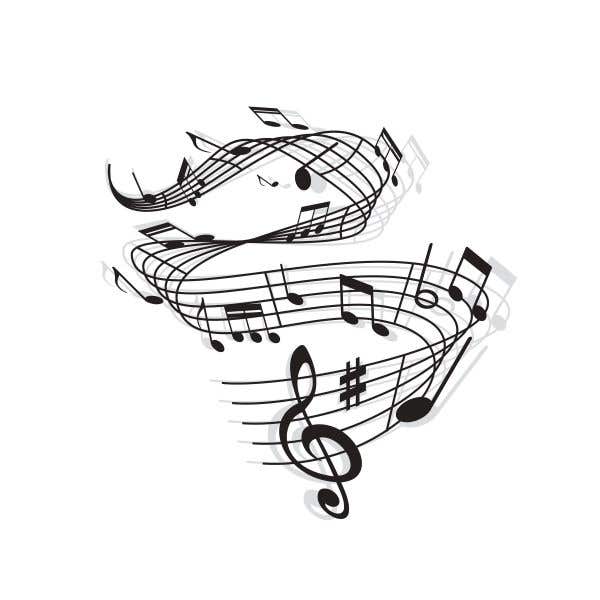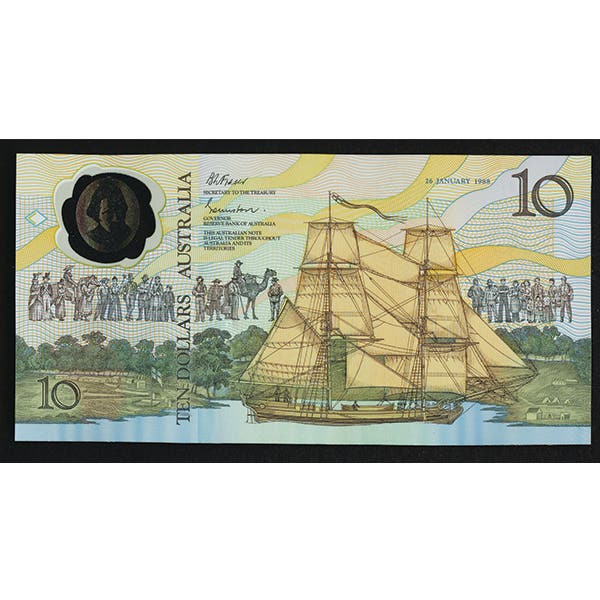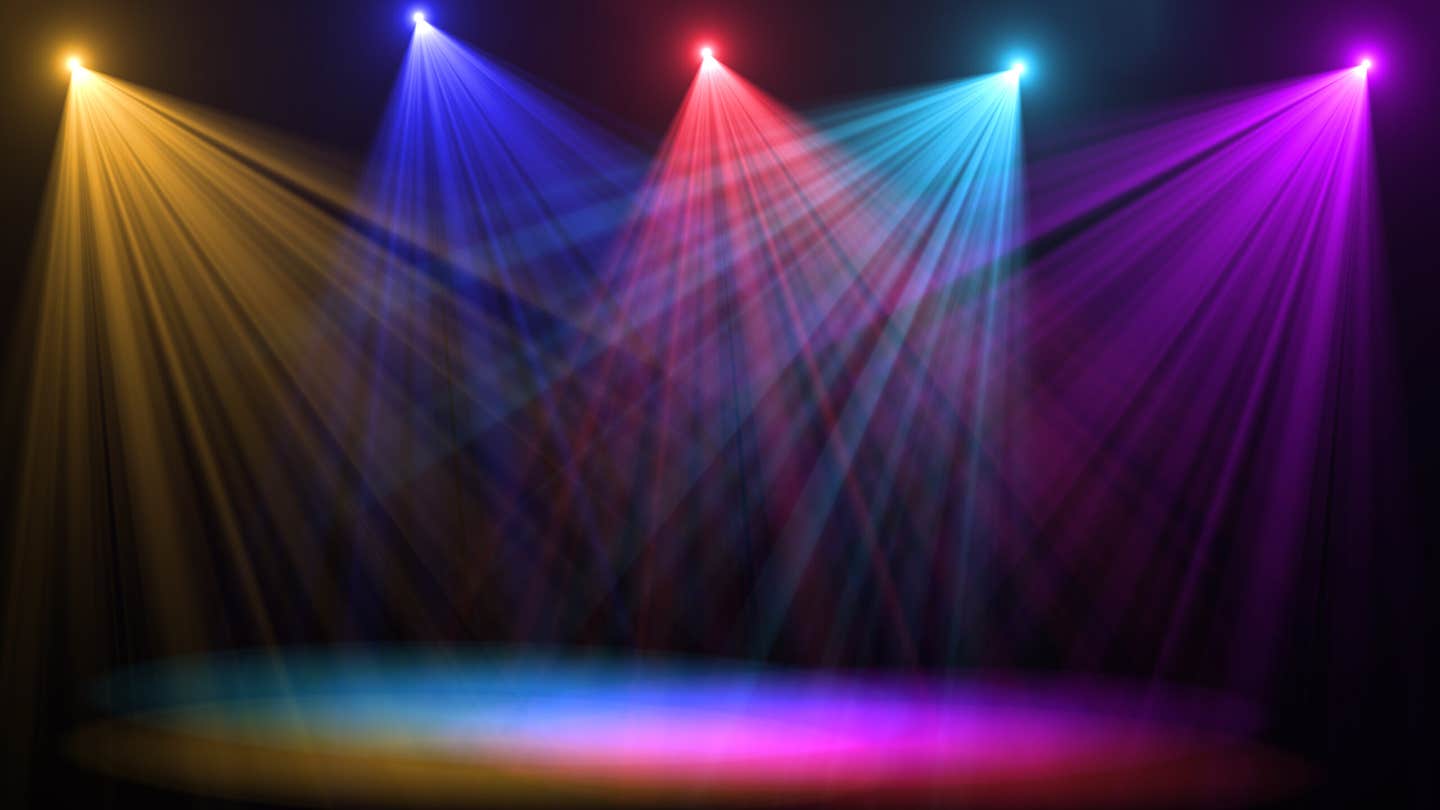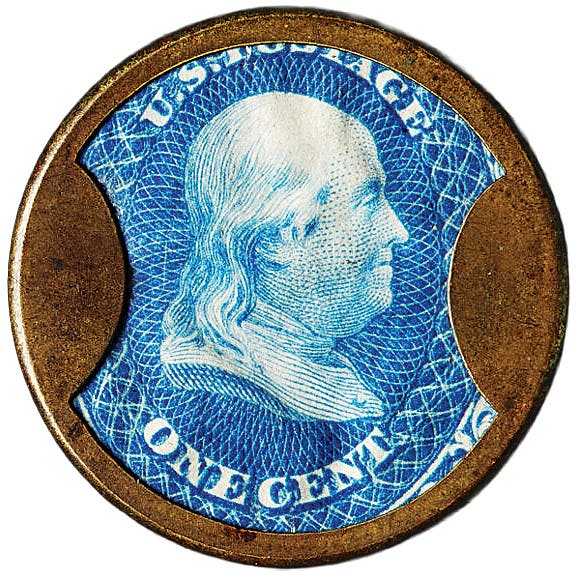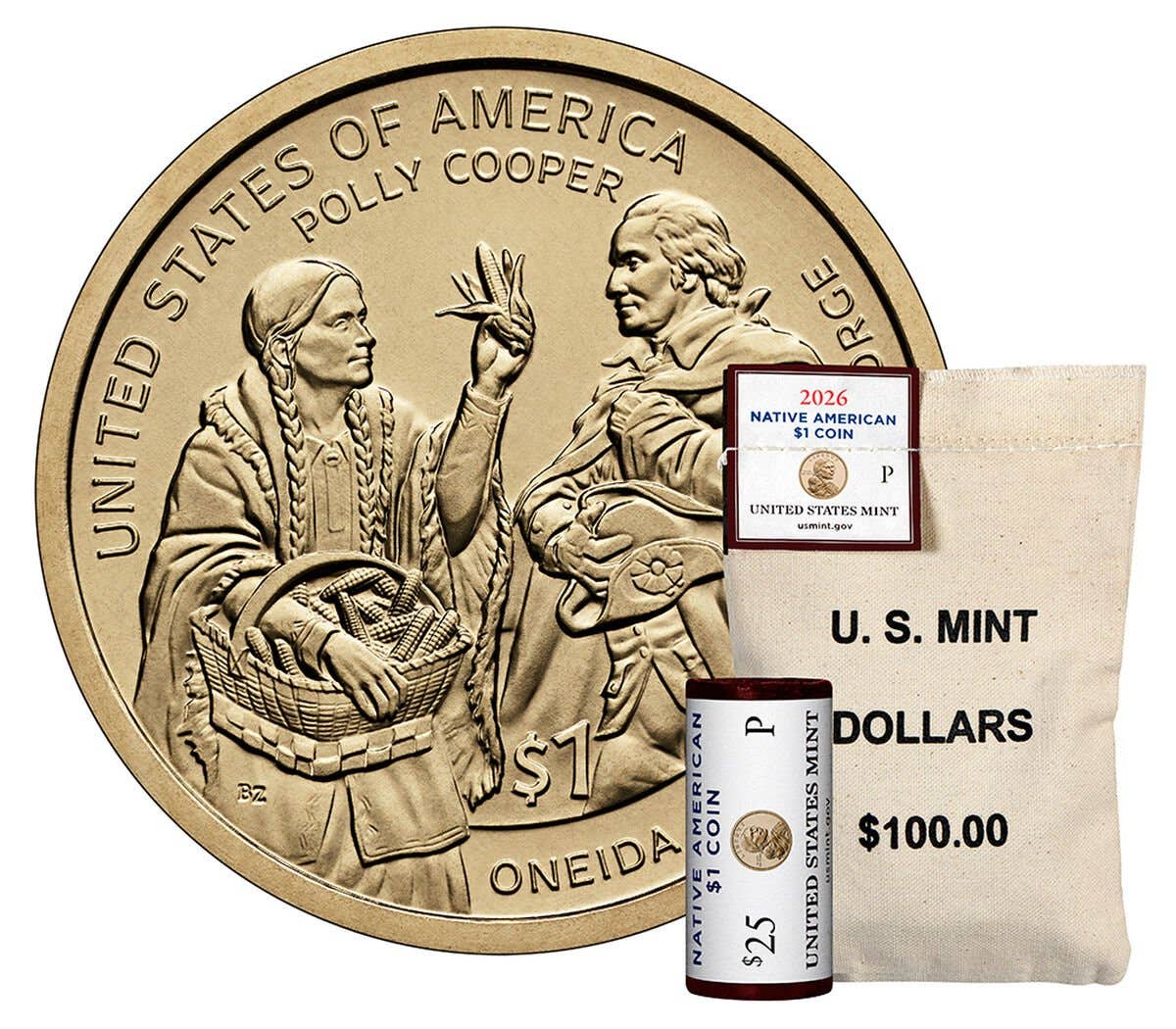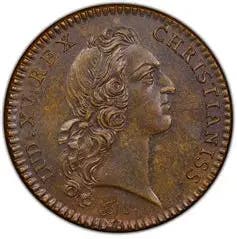Letters to the Editor (August 7, 2018)
Can 2018 reverse proof silver set sell out? Well, the U.S. Mint took my advice that I wrote to you about last year. In 2017, the Mint issued an enhanced…
Can 2018 reverse proof silver set sell out?
Well, the U.S. Mint took my advice that I wrote to you about last year. In 2017, the Mint issued an enhanced uncirculated clad set, which as I wrote to you at that time, was pretty much a flop. But as I wrote to you at that time, the Mint should explore issuing a reverse proof set in silver. Here you have it. On July 23, 2018, the Mint announced that sales will begin for the 2018-S Silver Reverse Proof Mint Set, commemorating 50 years of proof coin production at the San Francisco Mint. Question is, the Mint has imposed a mintage limit of 200,000 sets and an initial household buying limit of 10 sets per households Will this set sell out or not?
Don’t you think that the mintage of 200,000 sets is too high? Well, let’s look at recent history, like the 2014 gold Kennedy and the 2014 four special finish/mintmarks Kennedy silver set. These both are currently selling for less than issue price because their mintages were too high. I believe it was 75,000 for the 2014 Kennedy gold and 100,000 for the 2014 four-coin Kennedy Special Silver Set, which had included reverse proof and other special finish and mintmarks never previously issued by the U.S. Mint. I see that at coin shows, and on eBay the dealers and sellers cannot sell these sets.
So what is in store in 2018 for this special issue reverse proof set? Here is my prediction: I see the big dealers hyping these and buying up in groups, etc., and then the price will crash after everyone realizes it didn’t sell out at the Mint.
Thoughts? On the other hand, maybe this 2018 set is different because everyone who religiously buys the annual proof sets (clad and silver) will want this set as well to round out their sets? Maybe?
What was the 2017 or 2016 final sales for the proof silver sets? What was the final mintages/sales for the 2017 enhanced uncirculated set? Perhaps that is the crystal ball of prediction of past history.
Aren’t the 2017 enhanced uncirculated sets now getting negative sales every month because of the returns? I think that is a tell-tale sign. Time will tell, and let’s see how the market reacts. I have been burned by the hype plenty of times before, so maybe this will be hot, maybe not.
What is your opinion, Dave? The readers?
I think that the 200,000 mintage is too high for this 2018 Reverse Proof Mint Set, and it will not rise in value in the future secondary market in 2019 and beyond.
Robert Matitia
Address Withheld
Ike dollar ‘reflection’ merely upside down
It looks like the cover of Numismatic News intended to feature a mirror image of the Ike dollar. Looks close, but only upside down. Thanks for throwing in an error now and then. It keeps our eyes sharp.
Mark Johnson
Address withheld
Boy Scouts searched for nickels and merit badges
In the July 3 issue of Numismatic News, a letter from Ralph Fuller recounted his experiences in finding Jefferson nickels from circulation. He asked for similar experiences. Ralph did better on finding all of the dates than I could.
I did a few sessions with the Boy Scouts Merit Badge in Coin Collecting several years ago. We followed the instruction book for the merit badge. I encouraged them to try to fill the Jefferson nickel books from circulation.
I started fresh on a set of nickels with them. It was tough to find much before 1960. Bank roll finds were few and far between. We hit on a good way of finding these older nickels. We asked around to our family and friends for an opportunity to search their coin jars. Many had a lot of change to go through. They were more than willing to let us look through them if we offered to roll the contents up in bank rolls for them.
Several grandparents had been putting coins away for a long time and even had put aside the older dates. This is when we started filling the books. Even then the best I could do was having seven open holes.
I got lucky with a co-worker that was complaining about dealing with all those nickels his father had put away. I bought them all from him and got a lot of 1940s, including the silver war nickels, to fill my book. This was after the merit badge program, however, but I had gotten hooked on searching for circulation finds again.
I got a 1950-D as a free bonus from a coin purchase. I never found the last six, so after several years I gave up and completed the book at a coin show. It was funny how many dealers wanted to sell me BU coins. I told them they were too nice for the book. I had to hunt for VF or less condition to keep the set consistent.
Rich Vatovec
Birmingham, Ala.
Scratch your head over how many coin cards issued
In 2007 and 2008, the U.S. Mint issued seven Presidential coin cards. The eighth card was scheduled to be U.S. Grant. But it appears only the seven were issued and the program was ended. Can you confirm?
Name withheld
Tolland, Conn.
Editor’s note: We did not keep data on these cards. Any reader with information is invited to respond with a letter.
Everyone needs to watch out for counterfeits
I read with interest and appreciation the article “Take action to fight counterfeits” by Matthew D. Kohel, in the May 15 edition of Numismatic News. The article was particularly relevant to me, based on an experience I had at a recent show, which I attended May 9-10.
There was a dealer there who had a 1915 Cuban 20 pesos gold coin for sale, at what appeared to be a very reasonable price at $1,400. The coin was in a slab from a major grading company. I offered to buy the coin from the dealer, and he was willing to accept payment by check. I was willing to wait for the coin until my check cleared.
I went back to the dealer the next day to purchase the coin and took a photo of the coin for documentation. When I asked the dealer to look at the coin again to look at the reverse side of the slab, he became angry and behaved unprofessionally and refused to sell me the coin.
Later, when I compared my photograph of the coin to the photograph on the coin grading company’s website, I noticed two startling differences. First, the holographic company logo on the front of the slab seen on the photograph from the company’s website was not seen at all on my photograph.
Also, the coin that I photographed showed multiple fine parallel lines on the obverse, indicating the coin had been cleaned; this was not seen on the coin grading company’s website photograph of the coin, nor did the label on the slab seen on the website indicate that the coin had been cleaned. Clearly, it was a different coin in a counterfeit slab.
I am glad I did not buy this coin. The price seemed too good to be true; previously, the lowest cost I had seen for this coin was $1,650. As collectors, we must hold dealers and grading companies accountable when we see a counterfeit coin or slab. We must do our due diligence in fighting counterfeits. Our hobby deserves no less.
Victor Adán
Buena Vista, Colo.
One silver dime find reminder of two others
Congratulations on finding the 1963 dime. Sometime between 2006 and 2008, I found two 1964 dimes that were rejected by a vending machine even though they’re supposed to have the same electrical properties as clad coins.
Here’s some interesting facts: this year, 1959 is 59 years ago. I was born in 1957, which is 61 years ago, while 1961 is 57 years ago. Go figure!
Iric Fox
Pasadena, Texas
This article was originally printed in Numismatic News. >> Subscribe today.
More Collecting Resources
• Error coins can bring big money. Learn to detect them and how to cash in on them with Strike It Rich With Pocket Change.
• The Standard Catalog of United States Paper Money is the only annual guide that provides complete coverage of U.S. currency with today’s market prices.




